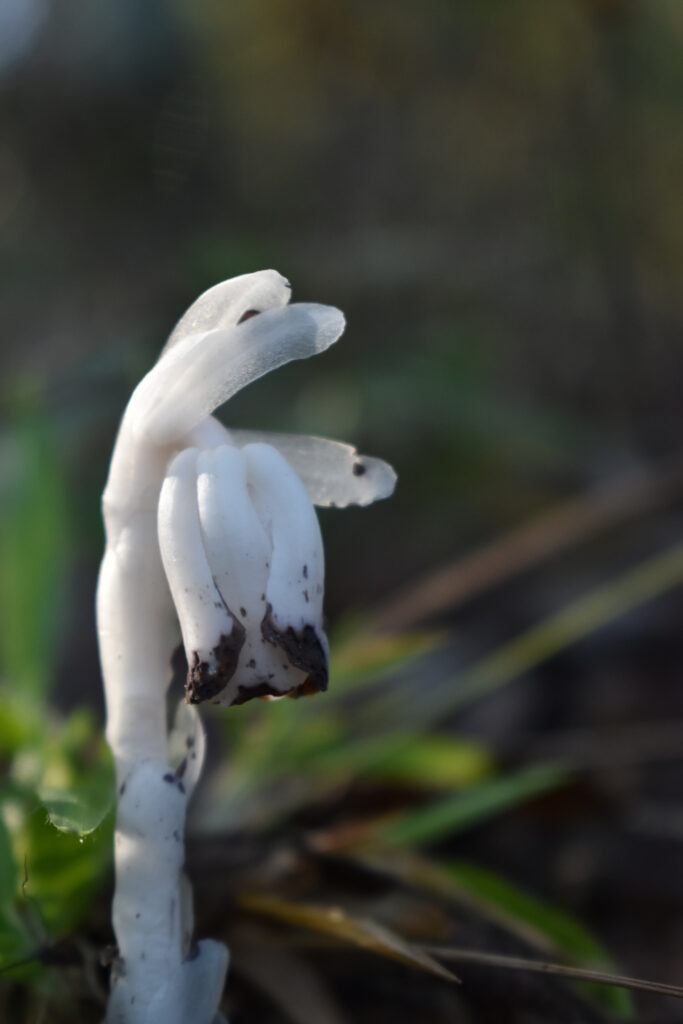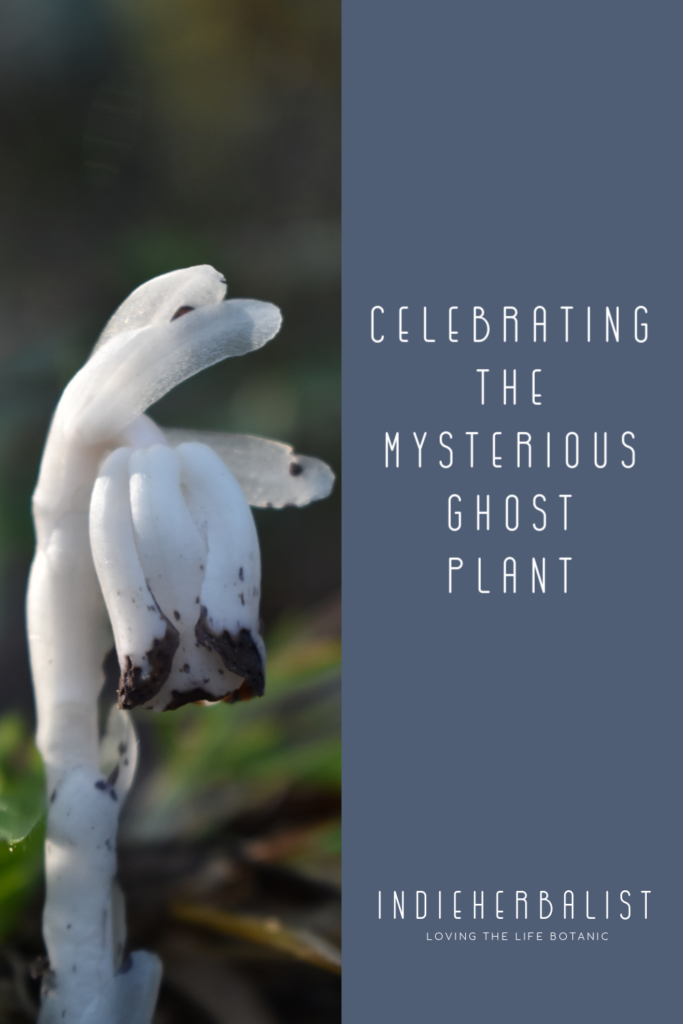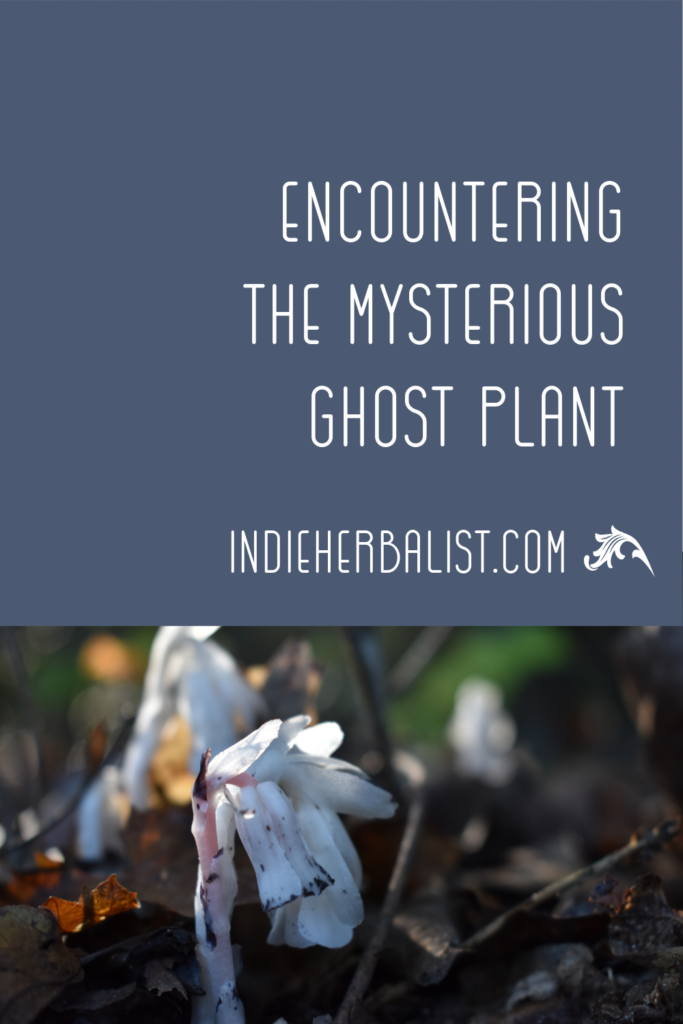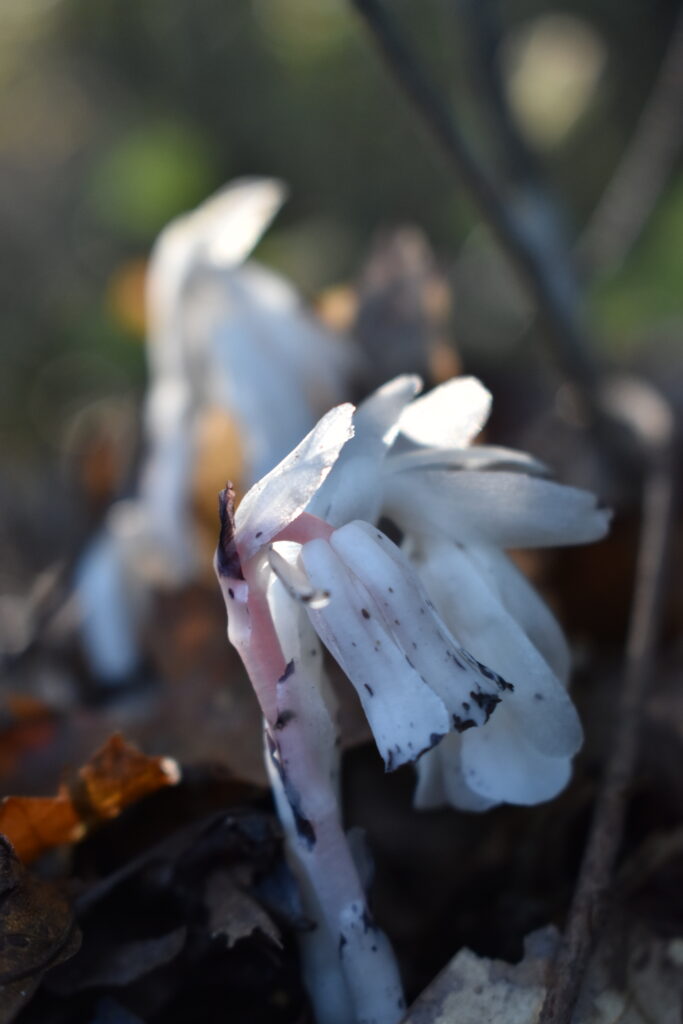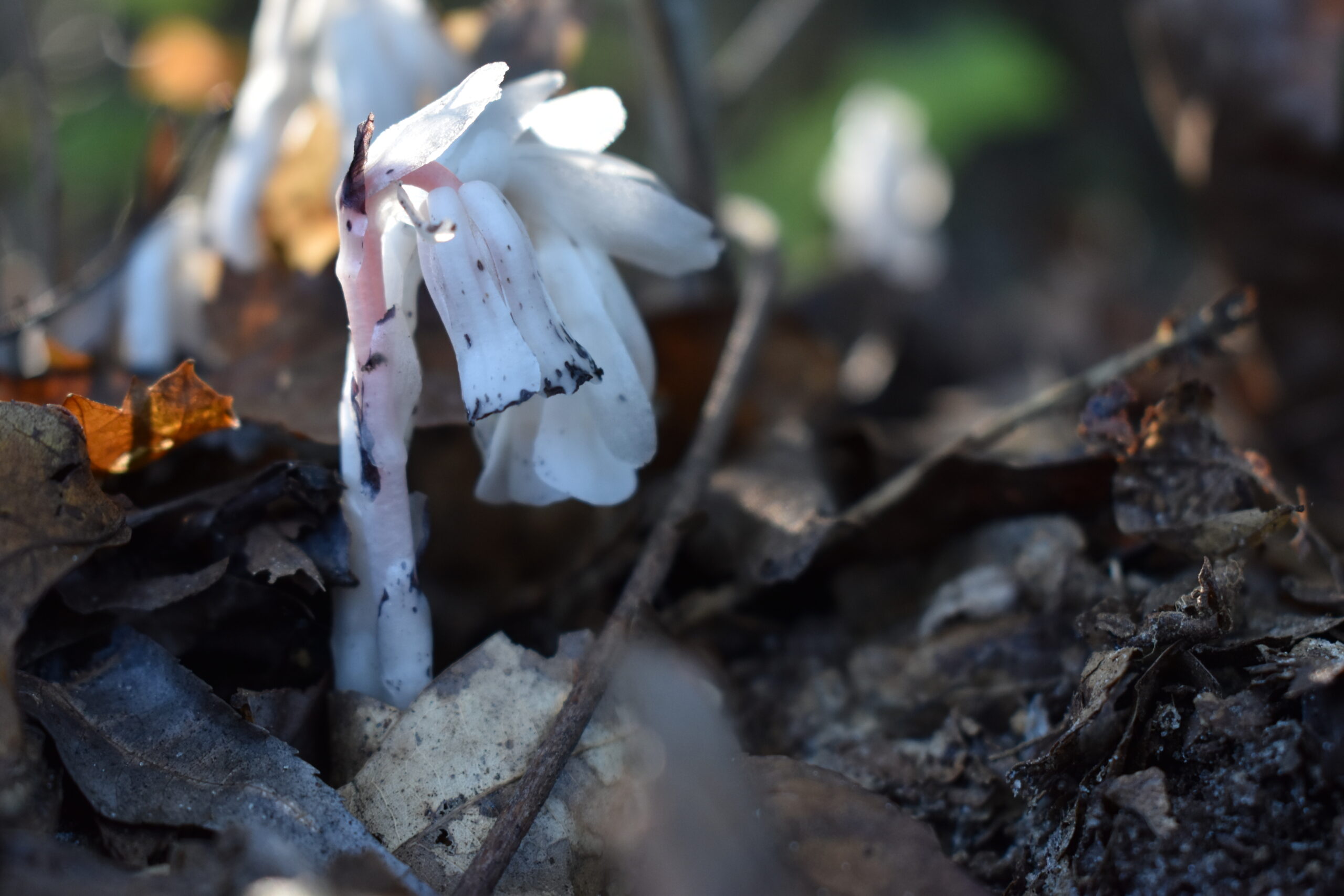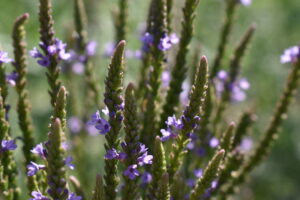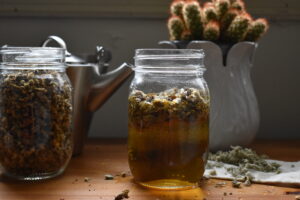Links contained in this post and elsewhere on my website may include affiliate links. When you make a purchase through these links, I earn a commission at no additional cost to you. I only link to products and services that I love - and that I think you will love, too!
Ghost pipe plant, Monotropa uniflora, is a beautiful and unusual wildflower. This spotlight explains its habits, conservation needs, and traditional uses. Recently, I found a stand of ghost pipe while on a hike in a protected area. Finding this ethereal plant alongside a trail where it was easy to photograph was absolutely a delight. I hope you enjoy the photos and learning about this amazing plant!
But isn’t it a mushroom?
First, I know what you’re thinking! It does look like a mushroom. It has small, pale stems and drooping flowers that look like unusual mushroom caps at first glance. There are no leaves to be seen. It grows in damp, shady places and springs out of the dead leaves like otherworldly fairy lanterns.
However, it’s actually a parasitic plant that produces no chlorophyll of its own. It feeds from tree roots and doesn’t need photosynthesis, so it grows easily even in deep shade. That is, if the right conditions are met!
Ghost pipe plant habitat
Ghost pipe is present in many states but isn’t necessarily common. Many of its habitat requirements remain a mystery, and it’s difficult to propagate. There’s a relationship between fungal roots (mycorrhiza) and the plant’s ability to grow. It only grows in mixed, mature hardwood forests and prefers moist, shady areas.
Lady slippers orchid, (Cypripedium acaule) is the same in that respect. Both plants are examples of the exquisite balance and interdependence displayed within woodland ecosystems.
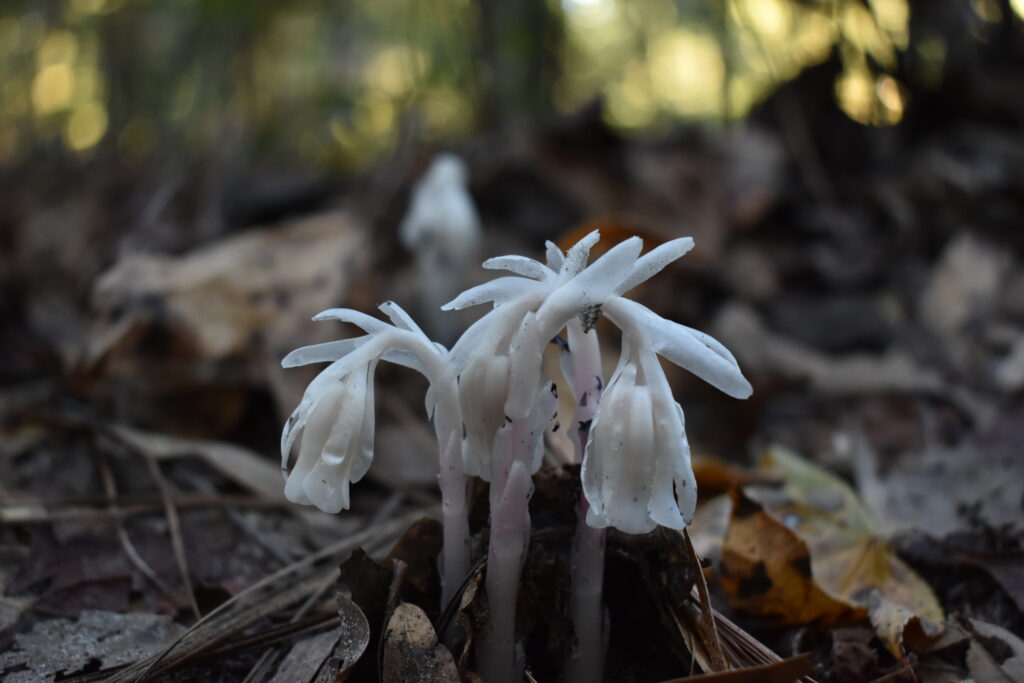
Herbal uses of ghost pipe plant
There’s an entry for ghost pipe in King’s American Dispensatory. According to King’s, ghost pipe is sedative, nervine, and antispasmodic and traditionally used for:
- convulsive and spasmodic disorders of the nervous system
- remittent and intermittent fevers
- nervous irritability and pain
Ghost pipe is a part of some modern herbalists’ materia medica, but its use is controversial. Traditional sources use the roots, but the flowers alone seem to be just as useful (Donahue, 2013). Other herbalists prefer using the flower essence.
Harvesting the flowers or making flower essence sidesteps many of the conservation issues and the controversy. Leaving the roots undisturbed appears to be the most sustainable way to interact with ghost pipe.
Additionally, modern herbalists focus on its nervine uses and generally reserve it for psychiatric emergencies and instances where other herbs seem unable to provide adequate support. Considering its special habitat needs and that we don’t fully understand how to propagate it intentionally, I think that’s a good idea.
Ethical use of ghost pipe plant
I do not have access to a healthy stand of ghost pipe so I have not personally used it. From what I understand, it’s abundant in some areas and scarce in others. Some years it’s plentiful and others it’s not. Rather than wild harvesting your own, I suggest sourcing through a conservation-minded herbalist with a healthy stand on private land.
If you are lucky enough to find this beautiful plant on your own property, I hope you will pay close attention to it. Keeping careful records about habitat, co-existing species, and annual growing conditions could help unlock some of its mysteries and make conservation easier.
Ways to connect with rare herbs
Even before I found the stand of ghost pipe the other day, it had been on my mind quite a lot, rather inexplicably. Most sources say that it blooms May- September, so finding it in October was also very special. I meditate a lot on (or with, depending on your preference) the plants I see on my walks. Some of the ways I connect with plants during my meditations include:
- Drawing the plant in a sketchbook
- Meditating with the plant nearby
- Photography
- Creating a small painting or postcard for an artist’s altar
- Working with the flower essence in during meditation
- Researching the plant and creating a materia medica entry
Meditating on ghost pipe has been a beautiful experience, and I look forward to sharing more of the story. There’s still a lot that we, as a society, prefer to keep in the shadows where we needn’t look at it. Ghost pipe is definitely a plant for the shadow places. It also reminds us that we are all part of the same experience of life, connected by webs in the soil.
References
Felter, H.W., Lloyd, J.U., (1898) King’s American Dispensatory. https://www.henriettes-herb.com/eclectic/kings/monotropa.html
United States Forestry Service (ND) Monotropa uniflora- Ghost Plant, Indian Pipe. https://www.fs.fed.us/wildflowers/beauty/mycotrophic/monotropa_uniflora.shtml
Donahue, S. (2013) Ghost Pipe: a little-known nervine. https://www.americanherbalistsguild.com/sites/default/files/donahue_sean_-_ghost_pipe-_a_little_known_nervine.pdf
